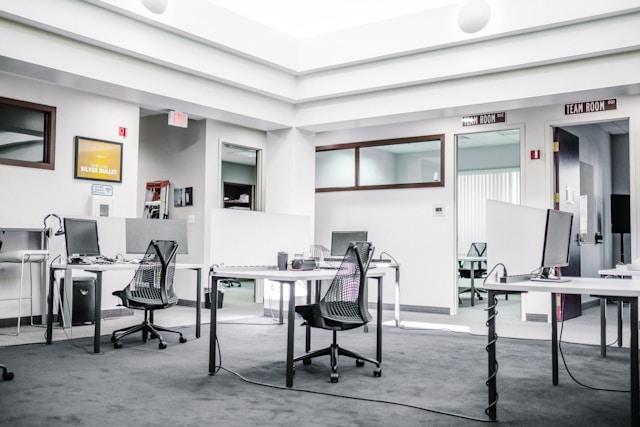In the rapidly evolving landscape of modern work culture, the traditional office setup is gradually giving way to more flexible and dynamic alternatives. One such alternative that has gained significant popularity in recent years is co-working spaces. These shared workspaces offer numerous benefits, including increased flexibility, cost-effectiveness, and unparalleled networking opportunities.
Co-working spaces provide an environment that fosters creativity, collaboration, and productivity. By working alongside professionals from various industries, you gain exposure to diverse perspectives and ideas, which can stimulate innovation and problem-solving. Additionally, co-working spaces often offer amenities such as high-speed internet, meeting rooms, and communal areas, eliminating the need for costly office infrastructure.
However, transitioning to a co-working space requires careful planning and consideration. Here’s a comprehensive guide to help you navigate the process smoothly.
Keep your furniture
Before making the move to a co-working space, it’s essential to assess your existing furniture and equipment. More often than not, you will not need to equip and furnish a co-working space. This means that you might have a set of desks, chairs, sofas, printers, and more that you won’t need.
Placing items in storage gives you time to consider your next step. It takes time to manage the equipment from a previous office! At this point, you will have different storage needs depending on the items you wish to keep. If you are keeping large electronic devices and other office machines, you probably want to look for climate controlled storage units that will ensure the electronics and wiring don’t get damaged.
Sell your unwanted
Once you’ve made up your mind about what to keep and what you don’t need, this is precisely when you can make a profit. Furniture and other office items that you don’t need can be sold for a small profit if they are still in good condition.
If you have a lot of equipment, it may be worth considering auction sites to make some money on the side. Bear in mind that auctions are preferable for standard furniture. Specialist equipment can be sold at a better price.

Making donations
Not everything will be suitable for selling even though it may still have plenty of life left. This is where donations can be a game-changer. You can donate to schools, community centres, and specialist organisations that support families in difficulties.
Adjusting to your new space
Moving to a co-working space involves more than just changing your physical location; it requires adapting to a new way of working. To ease the transition, take advantage of the resources and opportunities available in your co-working community.
Attend networking events, participate in skill-building workshops, and engage with fellow members to build connections and expand your professional network.
Additionally, schedule team meetings and collaborative sessions to familiarise yourself with the technology and facilities provided by the co-working space. Ideally, you want to experiment while your equipment is still in storage so you can take out the items you need!
Transitioning to a co-working space offers numerous benefits, including flexibility, cost-effectiveness, and opportunities for collaboration and networking. But if you are going to move to a co-working space, you need to start planning your move and how to transition effectively. Ultimately, there will be a lot of equipment you can’t take with you. Rather than throwing everything away, use the transition period to adjust, experiment, and safely dispose of your previous furniture.
